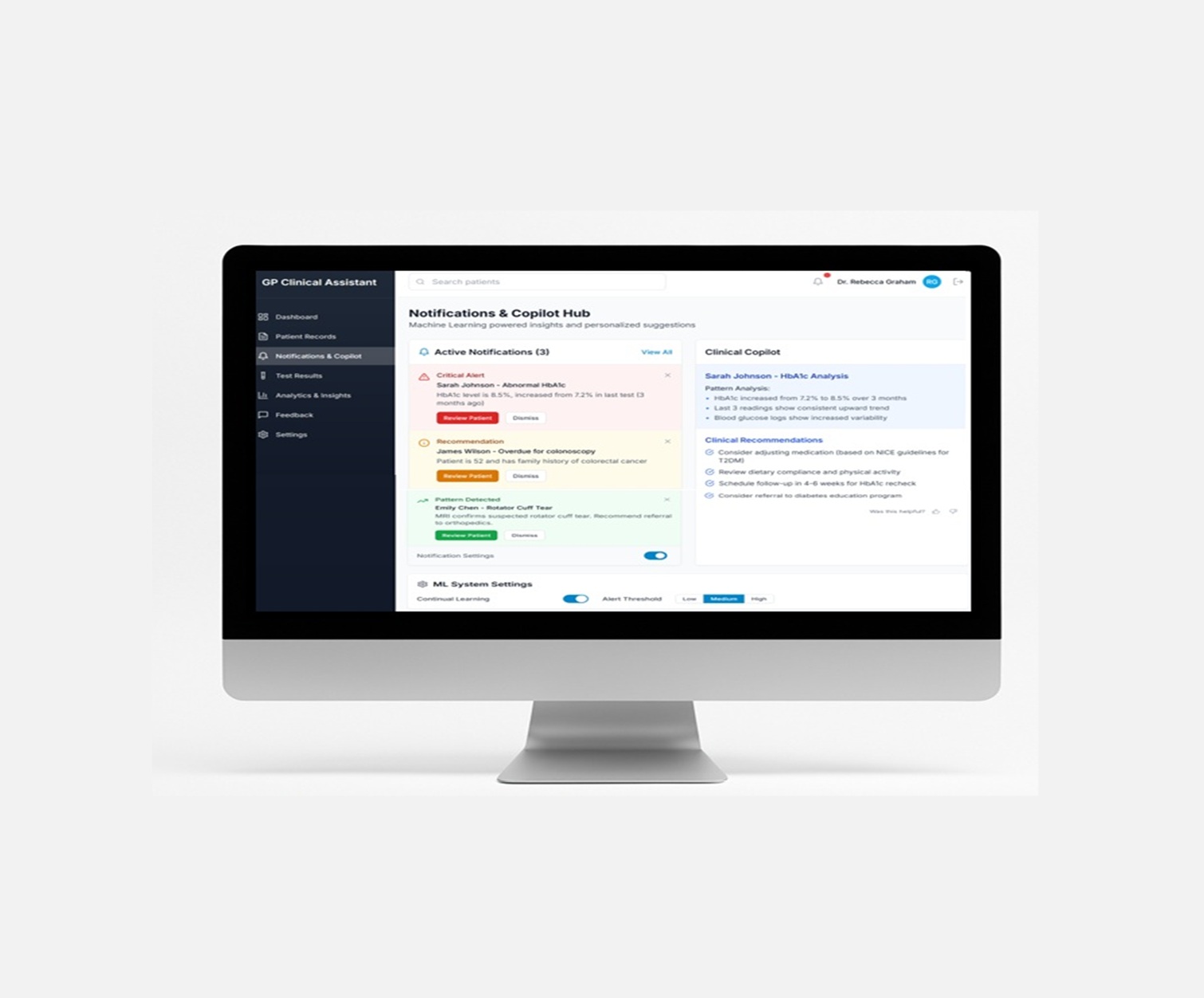Diabetes is one of the most common chronic conditions in the world — and one of the most quietly progressive. By the time many patients are diagnosed with type 2 diabetes, years of internal damage have already taken place. The question isn’t whether we can do better at catching it early. The question is: why aren’t we?
According to the HSE, over 230,000 people in Ireland live with diabetes, and tens of thousands more remain undiagnosed. In the UK, the number is expected to reach 5.5 million by 2030. Globally, it's a public health crisis — but one where early action could make all the difference.
Diabetes doesn’t arrive overnight. It builds silently: insulin resistance, creeping weight gain, fatigue, subtle glucose spikes. These early warning signs often show up in data long before symptoms send someone to the GP.
But these patterns are easy to miss in a 10-minute consultation. The right information might be in the notes — or in a different system. Busy clinics simply don’t have the infrastructure to monitor subtle trends over time.
This is where digital tools and AI can change the game. When designed with clinicians, these systems can help:
Imagine a system that quietly flags someone who’s trending toward insulin resistance — even if they haven’t yet crossed diagnostic thresholds. That’s not science fiction. It’s smart prevention.
The aim isn’t to add to the already overloaded GP workflow. The aim is to enhance it — to create a silent digital safety net that helps surface the right patient at the right time.
That could mean nudging a GP to recheck a borderline result, or prompting a practice nurse to schedule a patient for dietary support. It’s not about replacing clinical judgment — it’s about helping it work at its best.
We know what works: regular screening, personalised advice, and early lifestyle intervention. But knowing and doing are two different things when the system is strained.
That’s why prevention shouldn’t rely solely on the clinician’s memory or a patient’s next complaint. We need digital infrastructure that supports continuous care — tools that quietly watch, learn, and help prompt the next best step.
We have the data. We have the evidence. What we need now are tools that help transform that into timely action.
A smarter, more proactive approach to diabetes isn’t just possible — it’s essential. Because every day we wait to intervene is another day a patient moves closer to a lifelong condition that could have been delayed, managed better, or even prevented.
The future of diabetes care isn’t just about treatment. It’s about timing. And the time for change is now.

Sign up to get early access and see how it works — before we go live.

“Follow the copywriting outline on every page. We made it ourselves, it’s battle-tested and you can be confident that it converts.”
Main benefit
Briefly expand on how this benefit will help your customers.
Second benefit
Briefly expand on how this benefit will help your customers.
Third benefit
Briefly expand on how this benefit will help your customers.